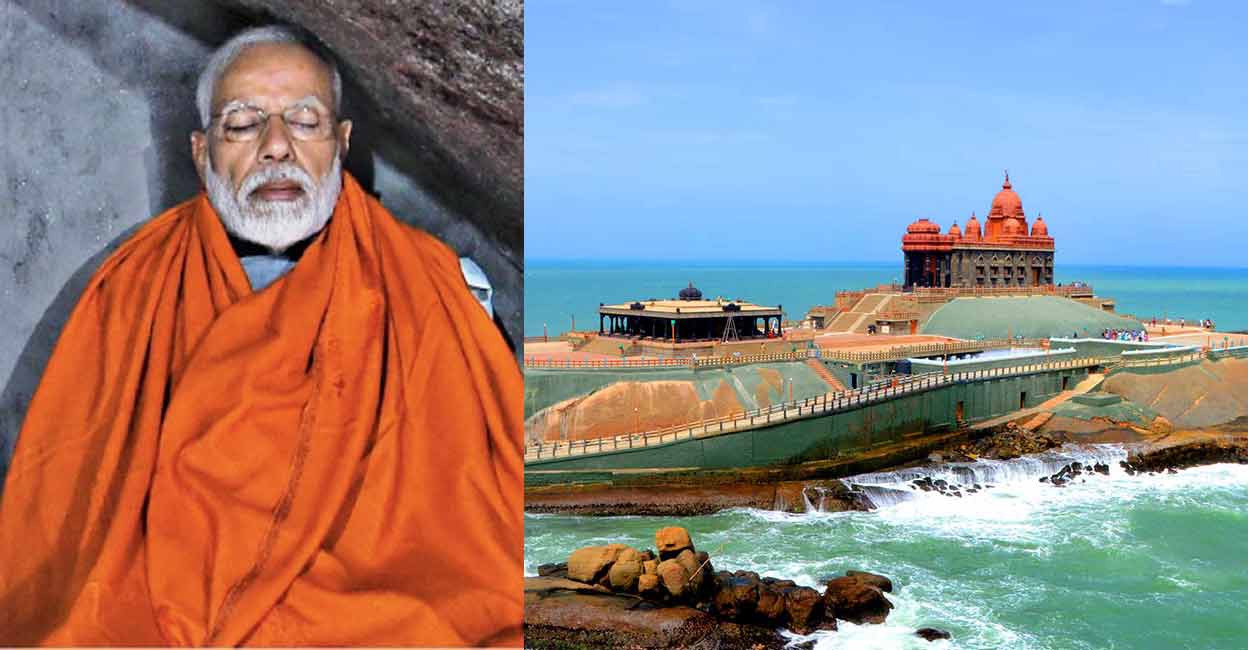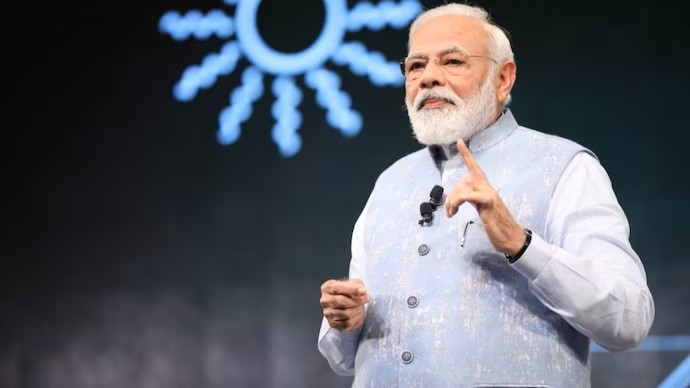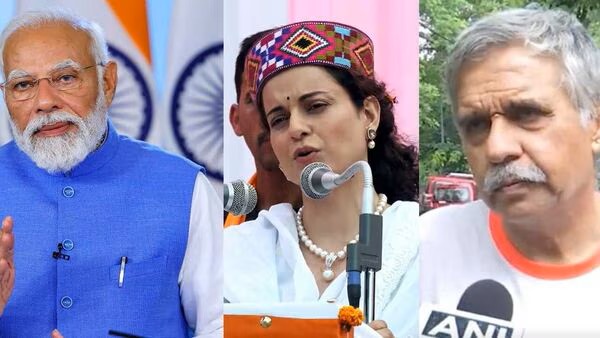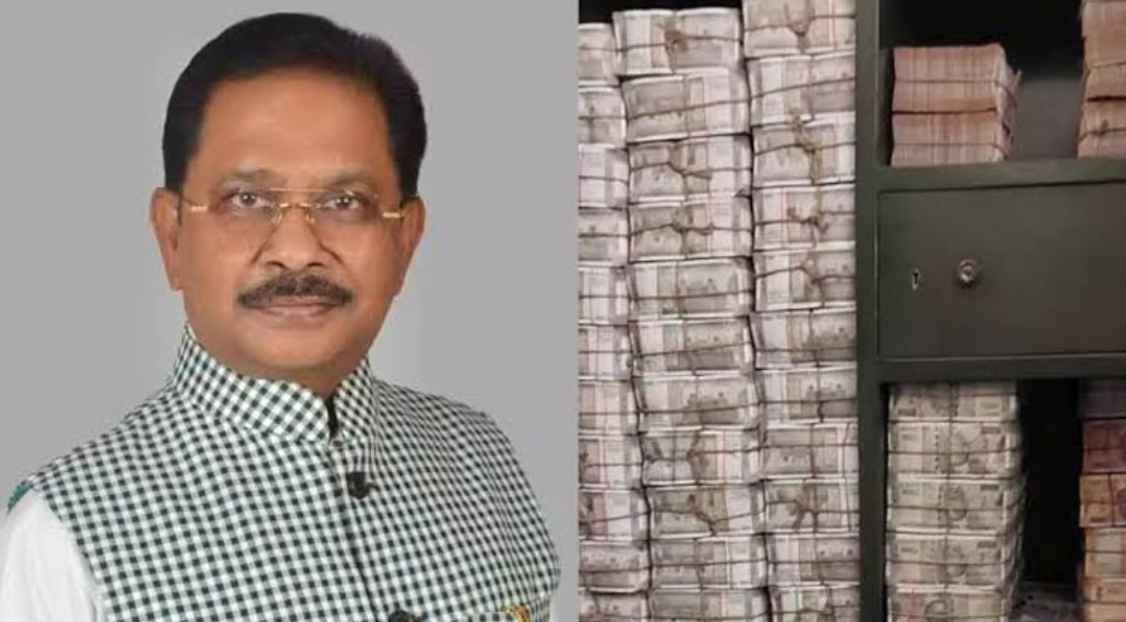New Delhi, June 1 – During Prime Minister Narendra Modi’s 45-hour meditation at Kanyakumari, security agencies undertook the critical task of securing the sea and ensuring continuous surveillance around the venue.
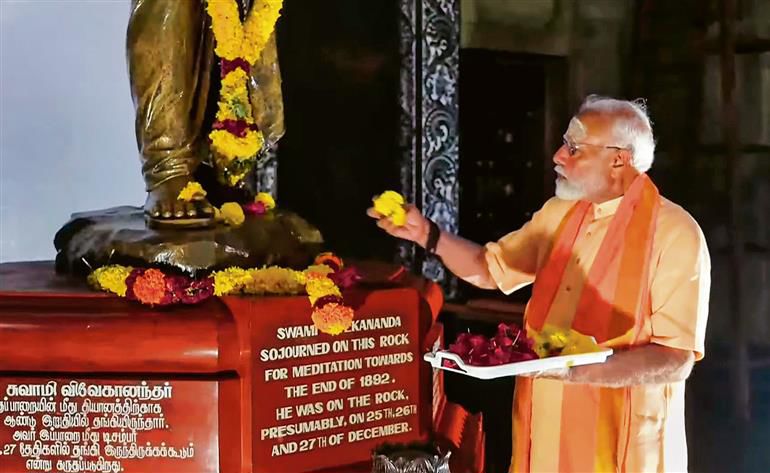 The Dhyan Mandapam, where Modi meditated, is situated at the Vivekananda Rock Memorial in the sea. The Navy was responsible for securing sea access. According to sources, security management for any PM visit is overseen by the Special Protection Group (SPG), with local police, central agencies, and armed forces operating under SPG guidelines outlined in the “blue book.”
The Dhyan Mandapam, where Modi meditated, is situated at the Vivekananda Rock Memorial in the sea. The Navy was responsible for securing sea access. According to sources, security management for any PM visit is overseen by the Special Protection Group (SPG), with local police, central agencies, and armed forces operating under SPG guidelines outlined in the “blue book.”
Standard security measures were deployed in Kanyakumari, including armed commandos, to prevent any incidents at sea. For PM events at sea, the Navy uses the latest gadgets, ships, and armed personnel, alongside a network of coastal radars and sensors to monitor the sea, and UAVs to detect airborne threats. Fast interceptor crafts capable of underwater operations were also deployed.
The forces created a sanitized no-go zone at sea, prohibiting fishermen, adventure sports, swimmers, and boats or rafts, with the radius of this zone varying according to threat perception.
A chain of coastal radars provided a live image to Navy ground teams for immediate action. Indian fishing boats use automated identification system (AIS) transponders to send information to the Navy’s information collection center.
Previously, Modi has spent a day at sea, and these security drills are well-rehearsed. This time, Modi’s stay was extended to almost two days.
As with any Indian PM, Modi is transported by planes and helicopters from the VIP Squadron, piloted by IAF personnel. The aircraft include Boeing business jets and Russian Mi-17V5 helicopters.

